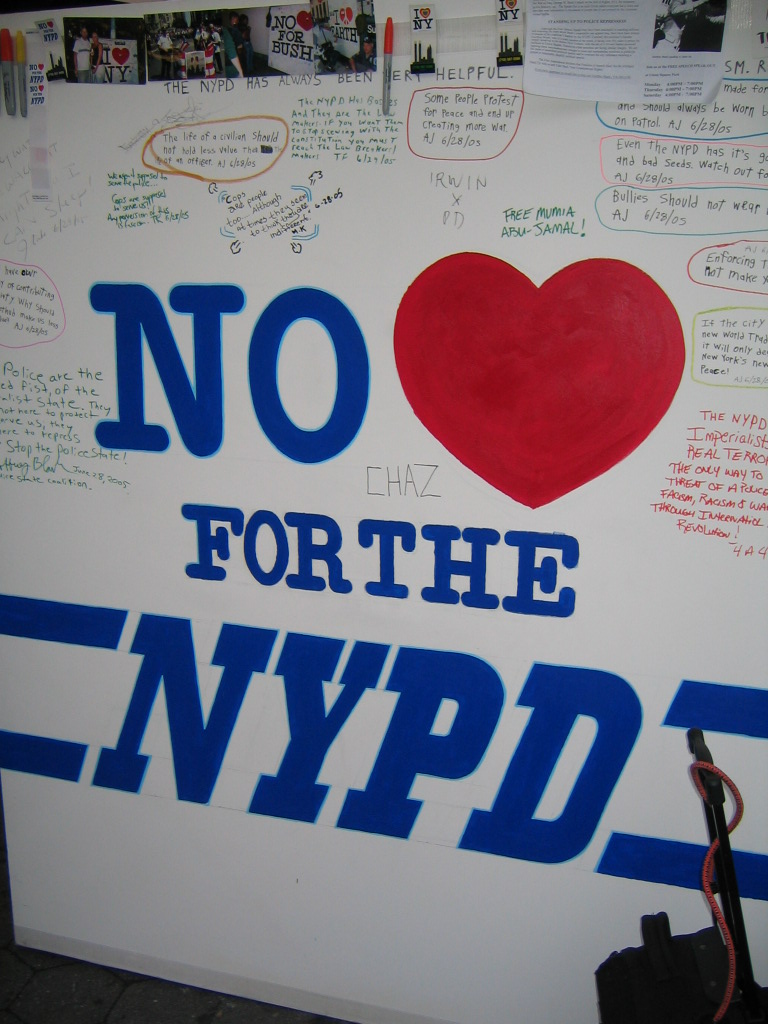Sidney's Picks: Urban asthma epidemic; Self-Abortions in Texas; Reddit-Brand Assault Rifles

The Best of the Week’s News
- An asthma epidemic in American cities is robbing children of their health and peace of mind, Dateline NBC investigates why so many kids are struggling to breathe.
- Texas abortion law drives more women to self-induce miscarriages with over-the-counter drugs.
- How Reddit became a gun market and authorized its logo on assault riffles.
- Jack Abramoff explains how lobbyists continue to ply legislators with free travel.
[Photo credit: Wander Mule, Creative Commons.]





